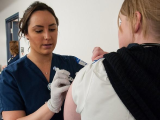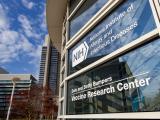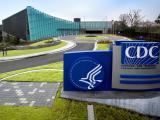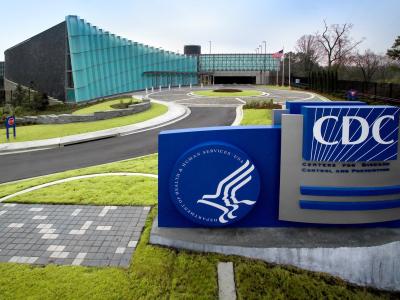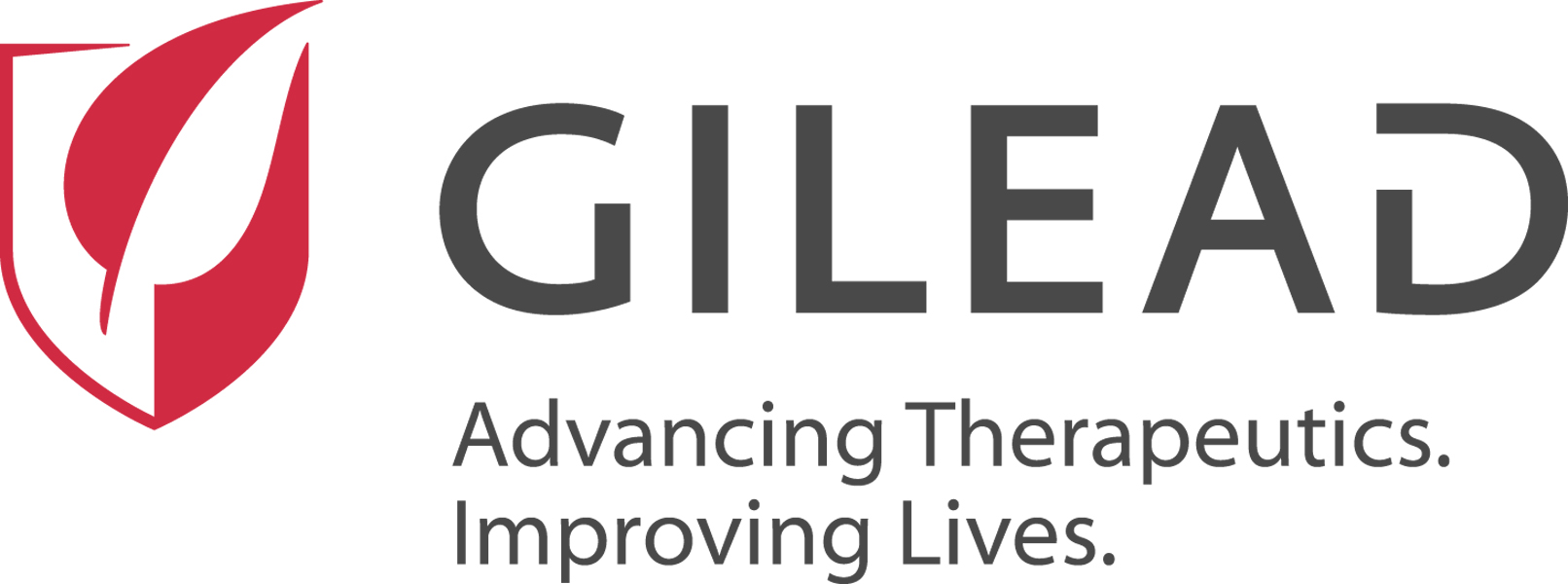A survey conducted in emergency departments (EDs) in eight US cities found that 86% of adult respondents were not up to date with recommended vaccines, and half had not even heard of one or more of these vaccines.
But the results of the survey, conducted by a team of US researchers and published yesterday in Morbidity and Mortality Weekly Report, also found that nearly half of the respondents said they would be willing to get a missing shot if they were offered one during their ED visit, and most of those participants said they'd be willing to get all of their missing vaccines.
The authors of the study say the findings indicate that screening for vaccine coverage in EDs, which millions of Americans rely on as their only source of healthcare, could help boost recommended vaccine uptake in populations that have no primary care provider, such as immigrants, the uninsured, and homeless people.
"As the only health care access point for underserved populations, EDs can fill this fundamental public health services gap," lead study author Robert Rodriguez, MD, of the University of California-Riverside School of Medicine, said in a university press release. "This could be a game changer for vaccine equity."
Flu, shingles, RSV vaccines among the most missed
For the study, Rodriguez and colleagues from the University of California-Los Angeles, University of California-San Francisco, Thomas Jefferson University, Wayne State University, Rush University Medical Center, and Duke University surveyed non-critically ill adults at 10 EDs in eight cities in five states from April 18 through December 31, 2024. The EDs were in Chicago; Detroit; Philadelphia; Durham, North Carolina; Los Angeles; San Francisco; Fresno, California; and Sylmar, California.
Investigators asked respondents age-specific questions about vaccines recommended by the Centers for Disease Control and Prevention (CDC), including flu, COVID-19, respiratory syncytial virus (RSV), shingles, pneumococcal, and tetanus-containing vaccines. The questions included whether respondents had heard of each specific vaccine recommended by the CDC for their age-group, had received the vaccine, why they had not received the vaccine, and whether they would accept a missed vaccine during their ED visit if it were provided.
A total of 3,285 people agreed to participate in the survey. Of the respondents, 54.6% were female, 29.6% were Black, 27% were non-Hispanic White, and 31.5% were Hispanic. More than one-fifth (21%) lacked primary care, 7.8% had marginal or unstable housing, and 17.9% spoke Spanish as their primary language.
As the only health care access point for underserved populations, EDs can fill this fundamental public health services gap....This could be a game changer for vaccine equity.
Overall, 49.4% of respondents said they hadn't heard of one or more of the recommended vaccines, and 85.9% said they had not received one or more of the recommended shots. Among respondents ages 18 to 49 years, the most missed vaccine was the flu vaccine. Among those aged 50 to 64 and 65 and older, the most commonly missed vaccines were shingles and RSV, respectively.
The most common reasons given for having missed a recommended vaccine was not having heard of it (40.7%), while 9.6% of respondents said they had heard of the vaccine but did not know it was recommended for them.
In adjusted models, the investigators found that factors associated with not receiving recommended vaccines included Black race (adjusted odds ratio [aOR], 1.93; 95% confidence interval [CI], 1.32 to 2.85), lack of primary healthcare (aOR, 2.91; 95% CI, 1.74 to 5.13), and being uninsured (aOR, 3.01; 95% CI, 1.27 to 8.82). Respondents in Detroit, Chicago, and Fresno were also more likely to have not received a recommended vaccine.
Among the 2,821 respondents not up to date with recommended shots, 46.4% said they would accept one or more if offered during their ED visit. Of these respondents, 86.7% said they would get all their missing vaccines.
Expanding vaccine screening to EDs
The authors note that up to 30% of Americans don't have a primary care provider and as a result don't receive the screening for recommended vaccines that typically occurs during primary care visits. Vaccine screening methods like the National Health Interview Survey, which relies on home visits or phone calls, also tend to miss this population.
They estimate, based on the number of respondents who said they would accept all missing vaccines if offered and the number of Americans who visit the ED each year, that vaccine screening and delivery in EDs could significantly boost the percentage of ED patients who are up to date on recommended vaccines.
"Our analysis suggests that if vaccine screening and delivery programs were implemented widely in EDs, the rate of adult ED patients who are fully up-to-date on their vaccines could increase from its current level of 14% to as high as 48%—more than tripling the current rate," Rodriguez said.
Although EDs might not be able to provide all recommended vaccines to patients, Rodriguez and his colleagues suggest ED-centered screening programs could provide vaccine recommendations, counseling, and referrals to vaccine providers, such as pharmacies and clinics.

